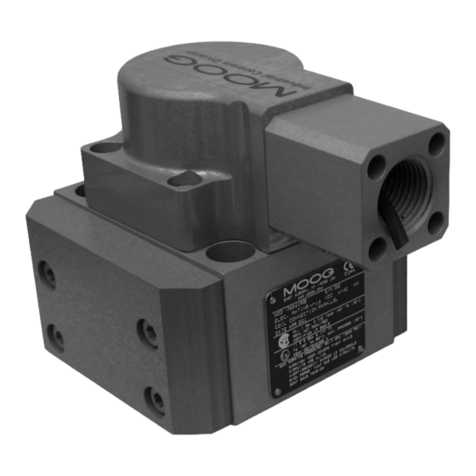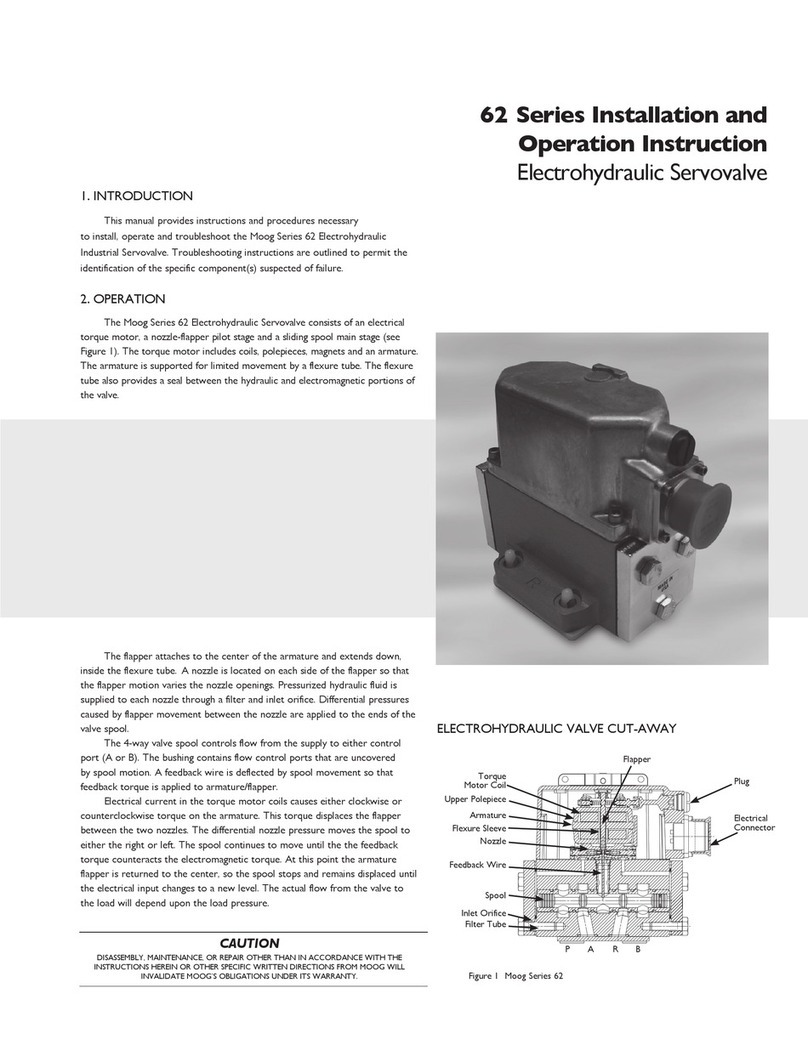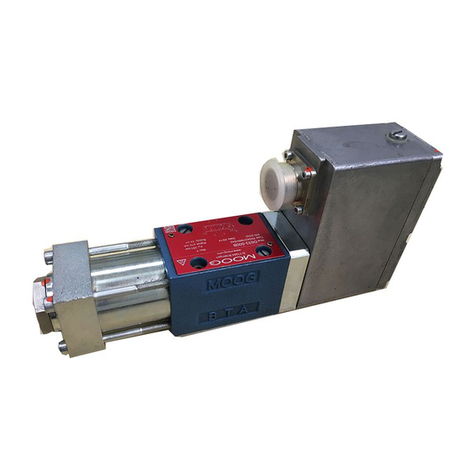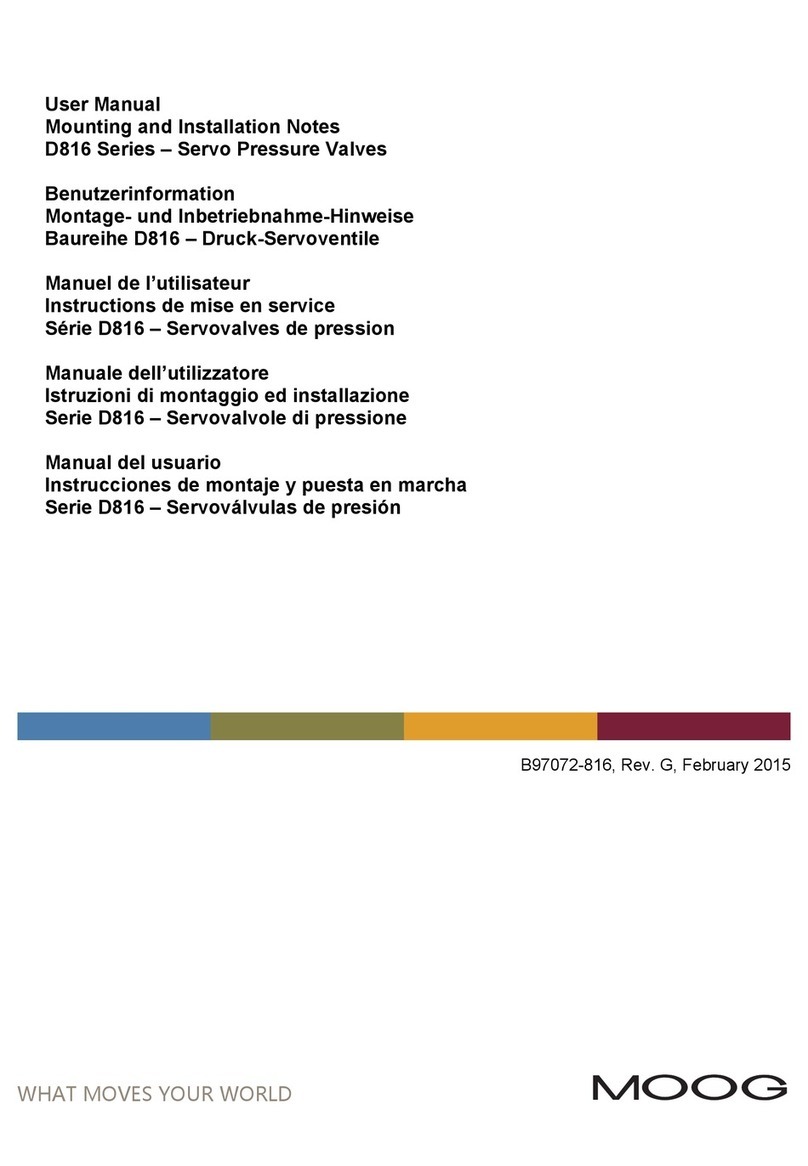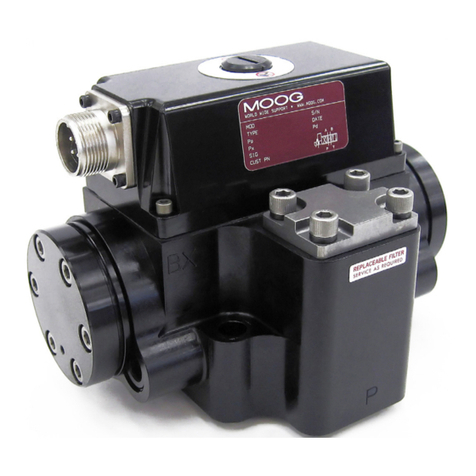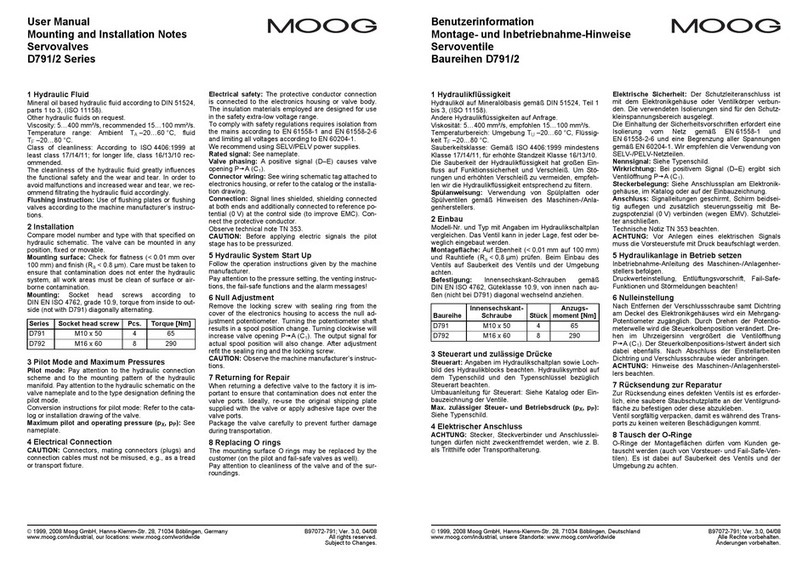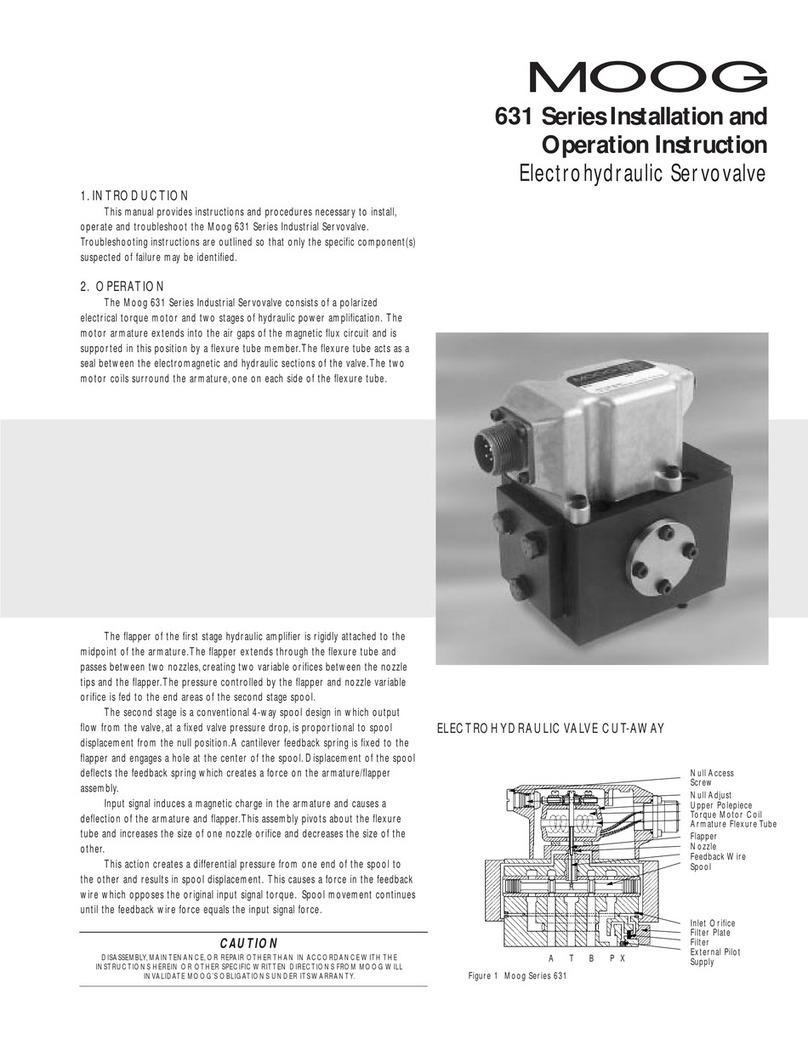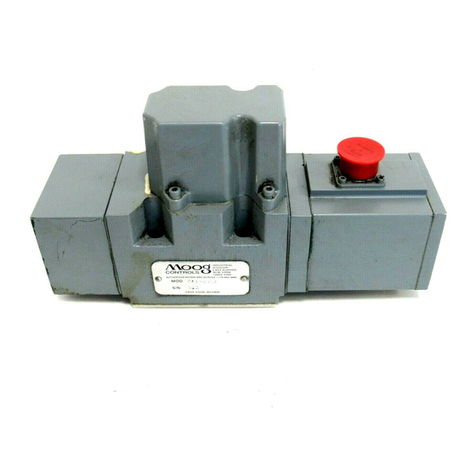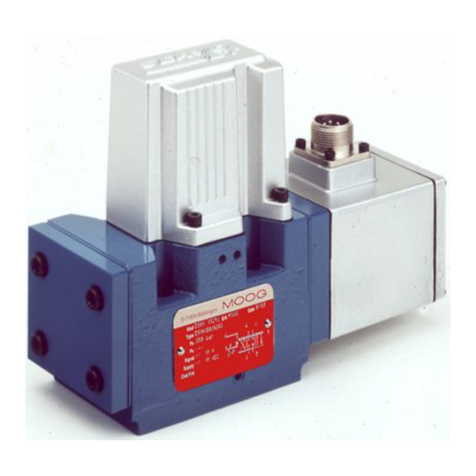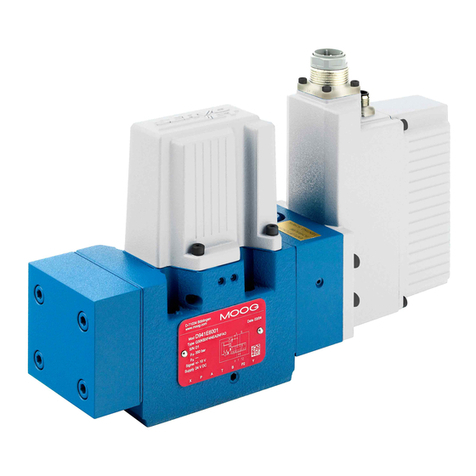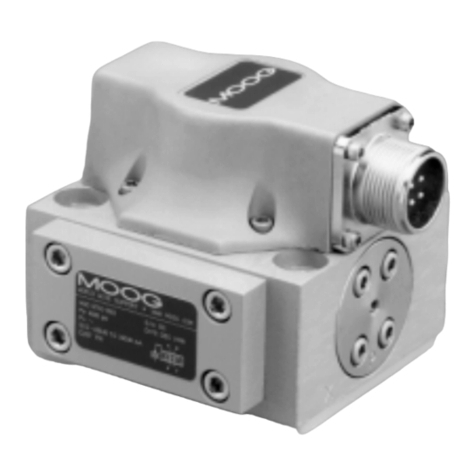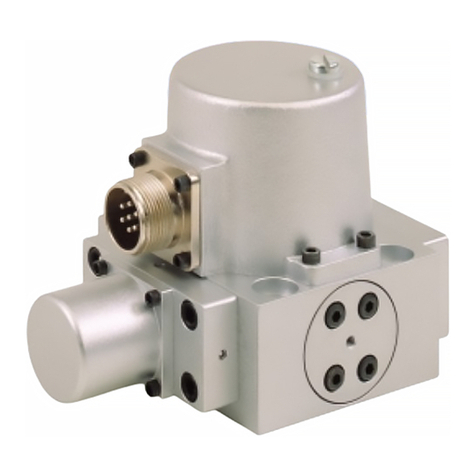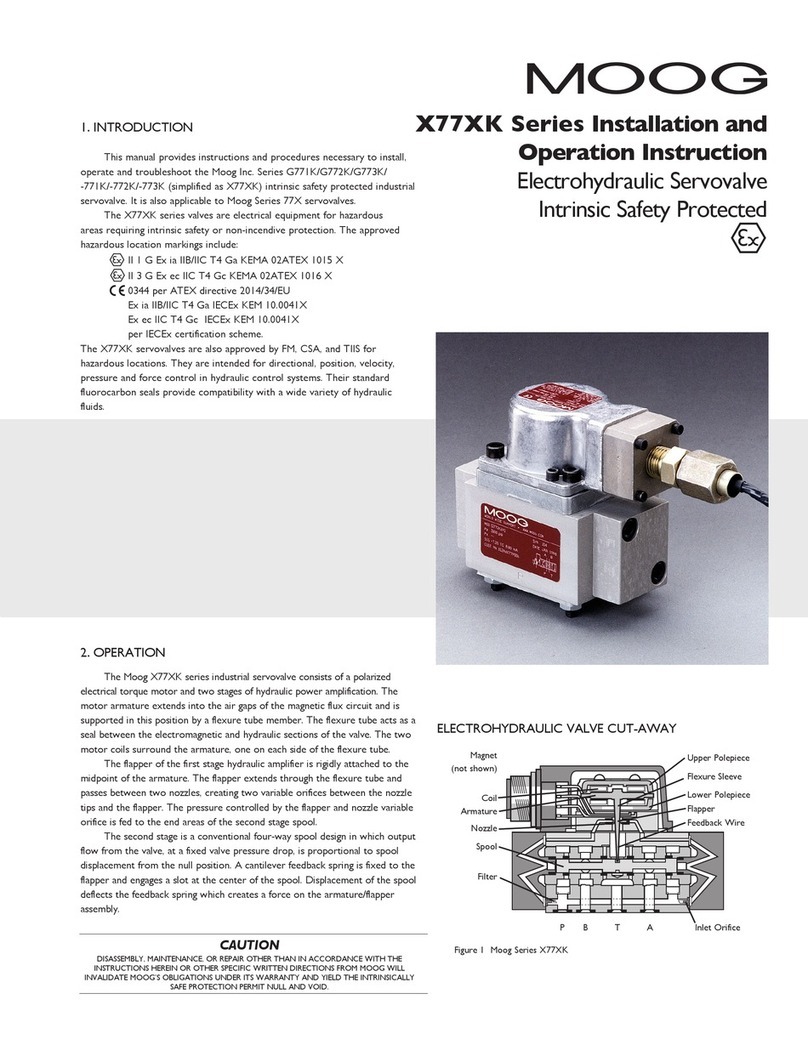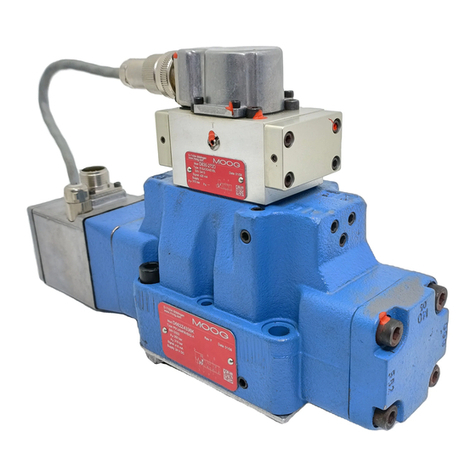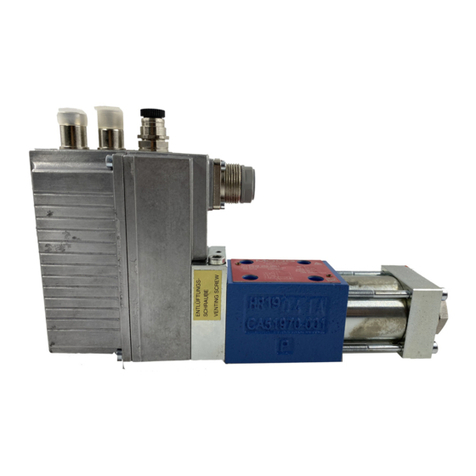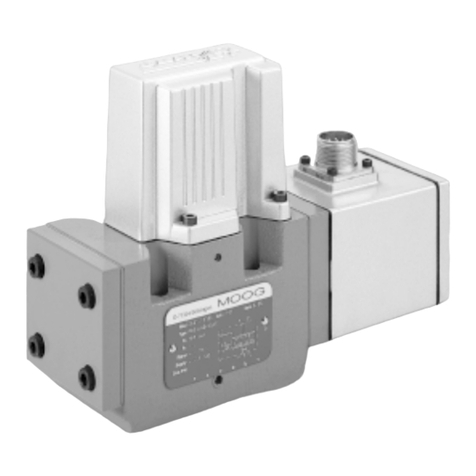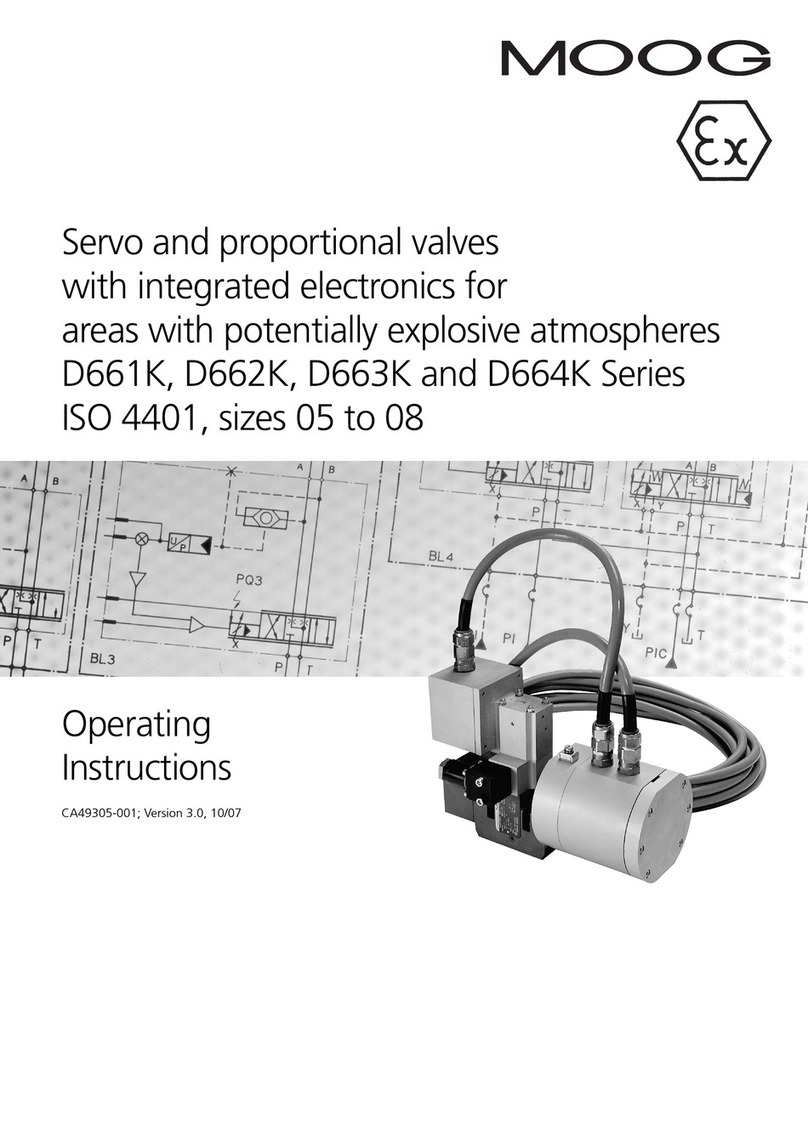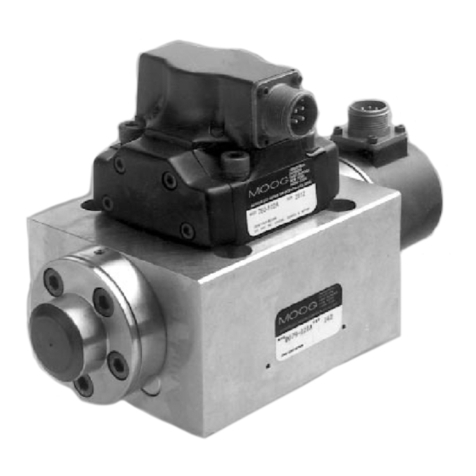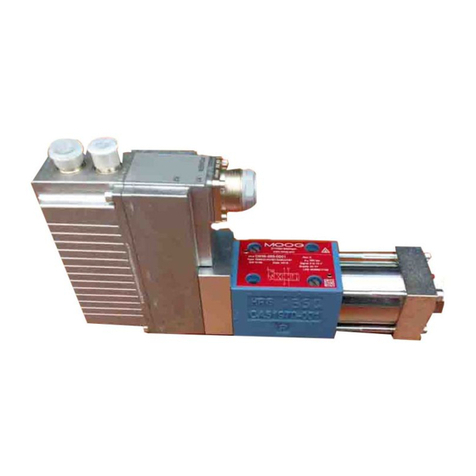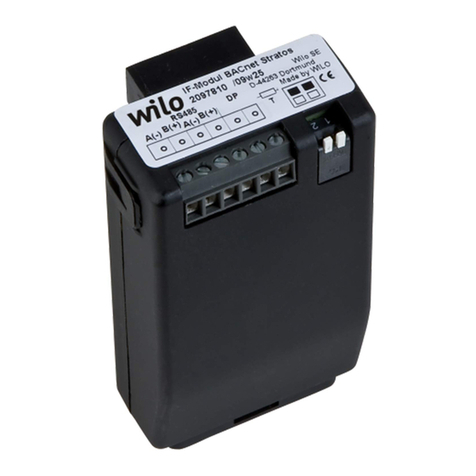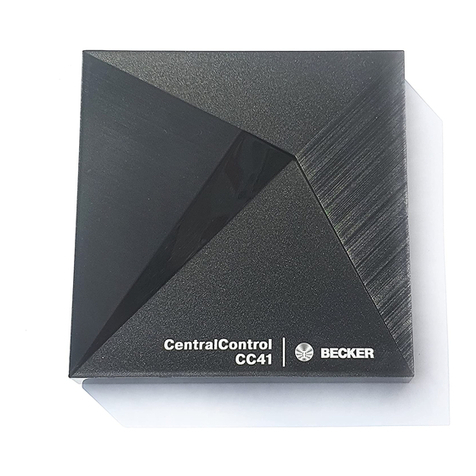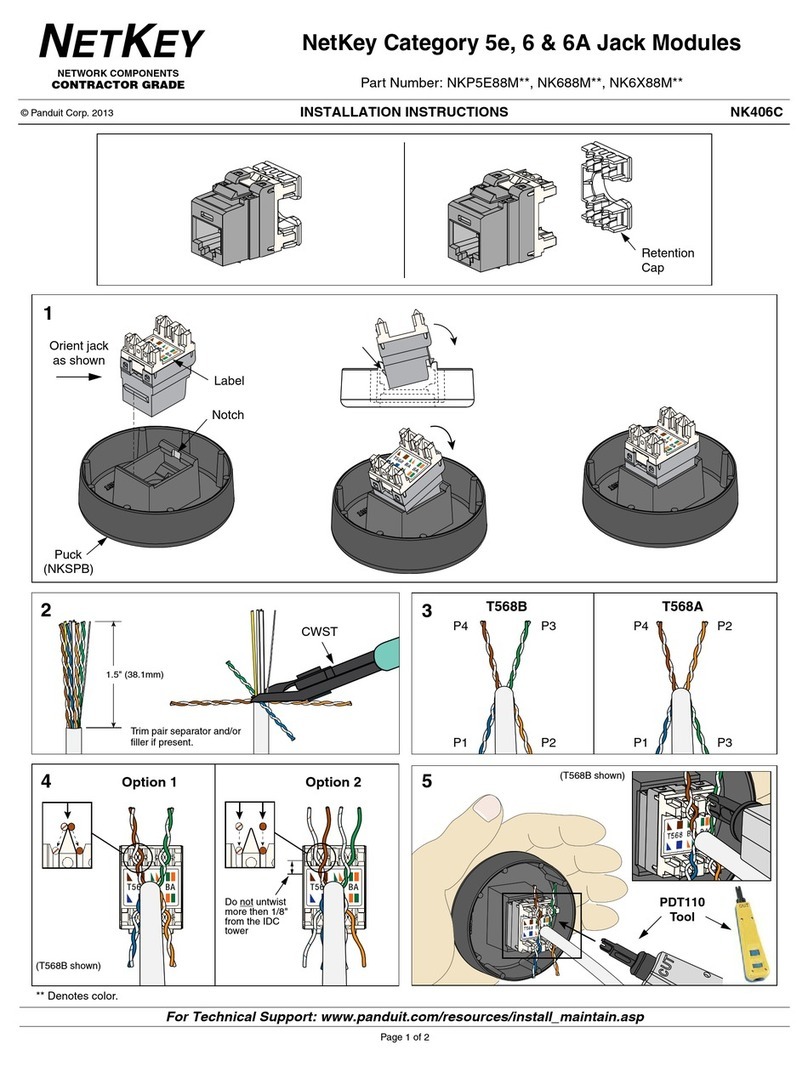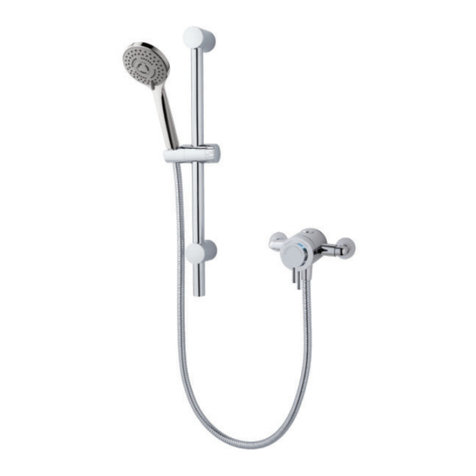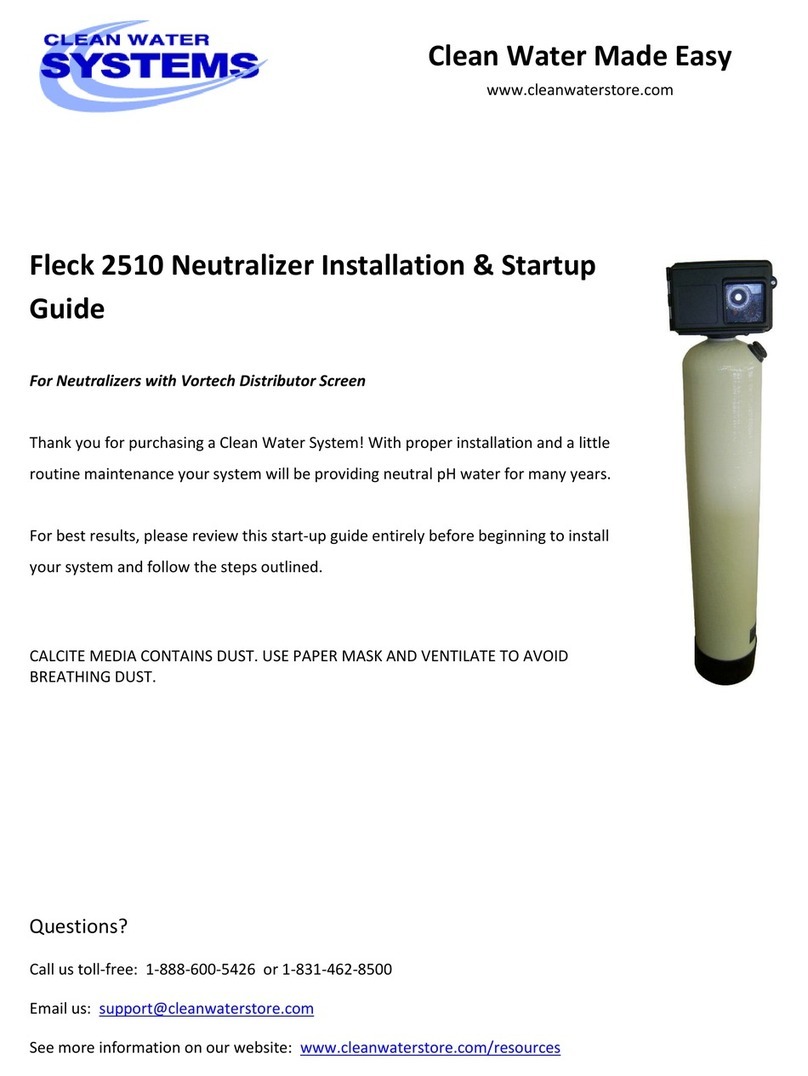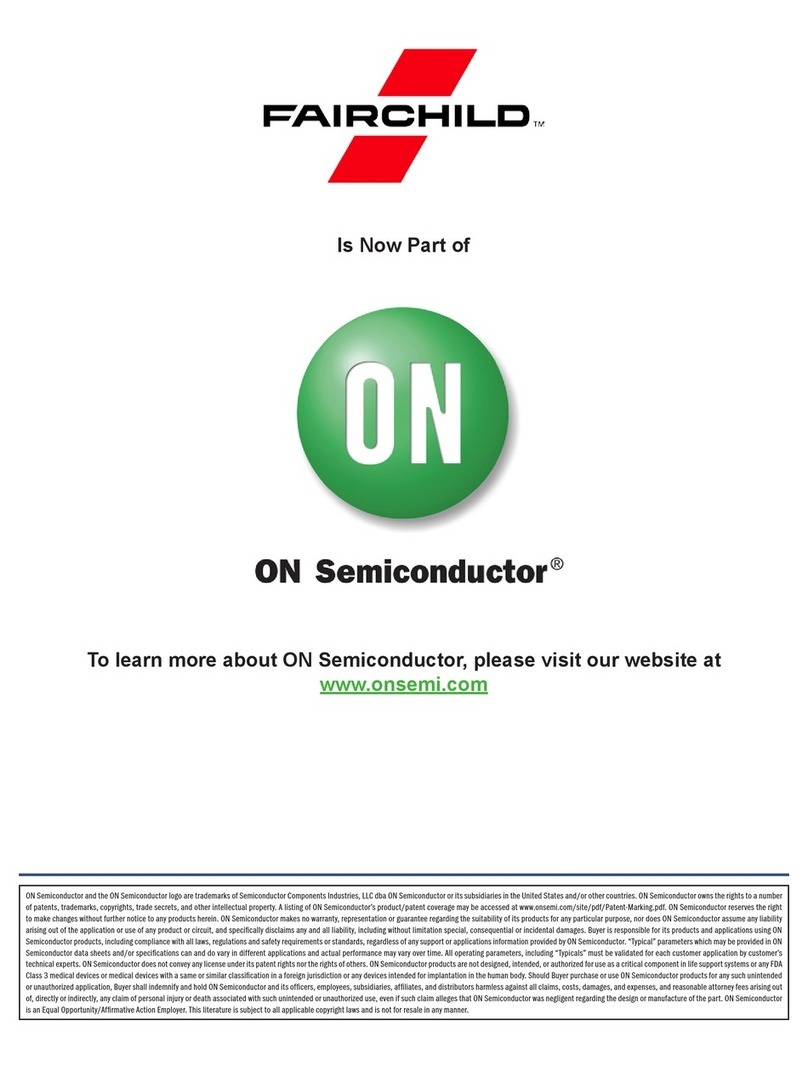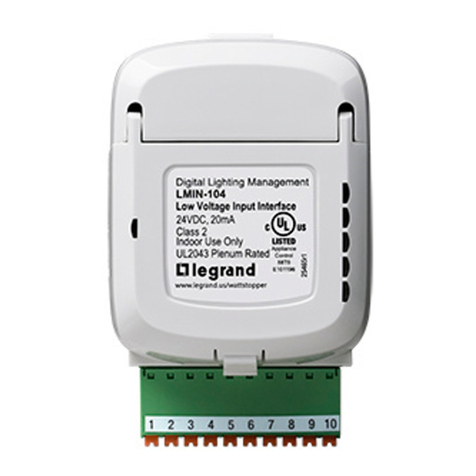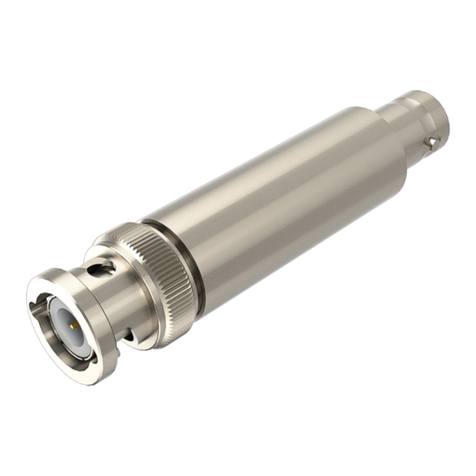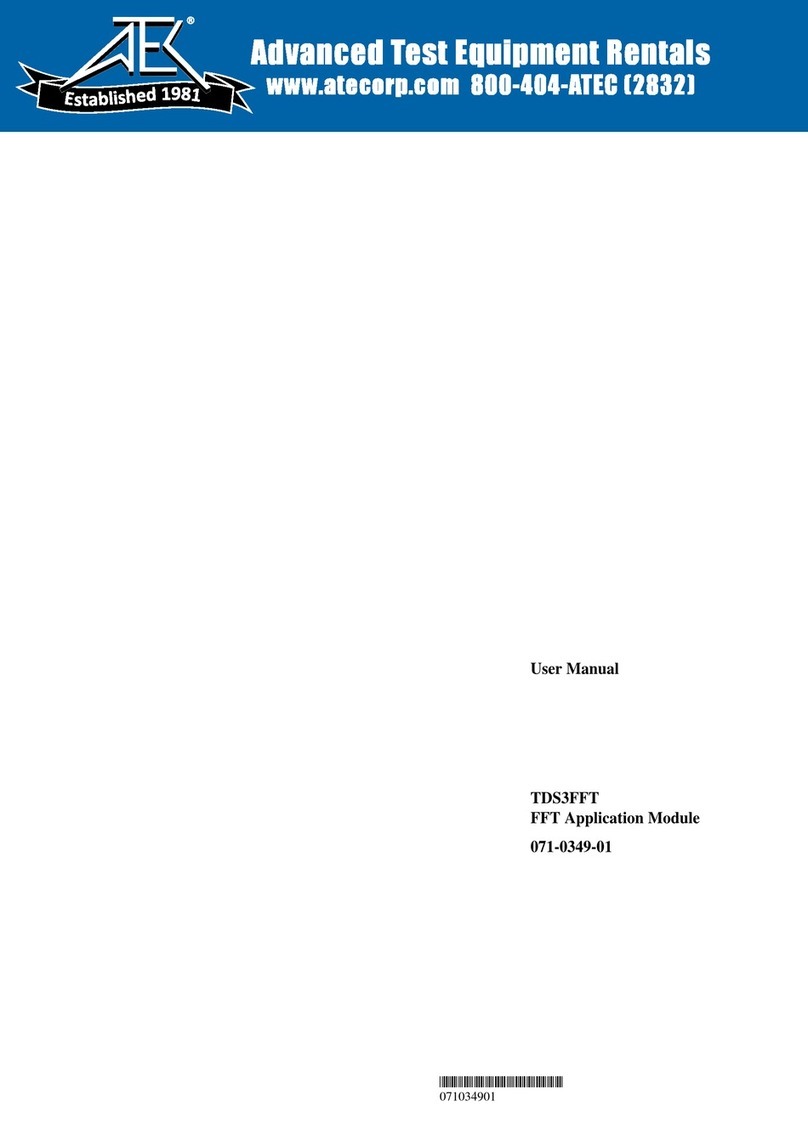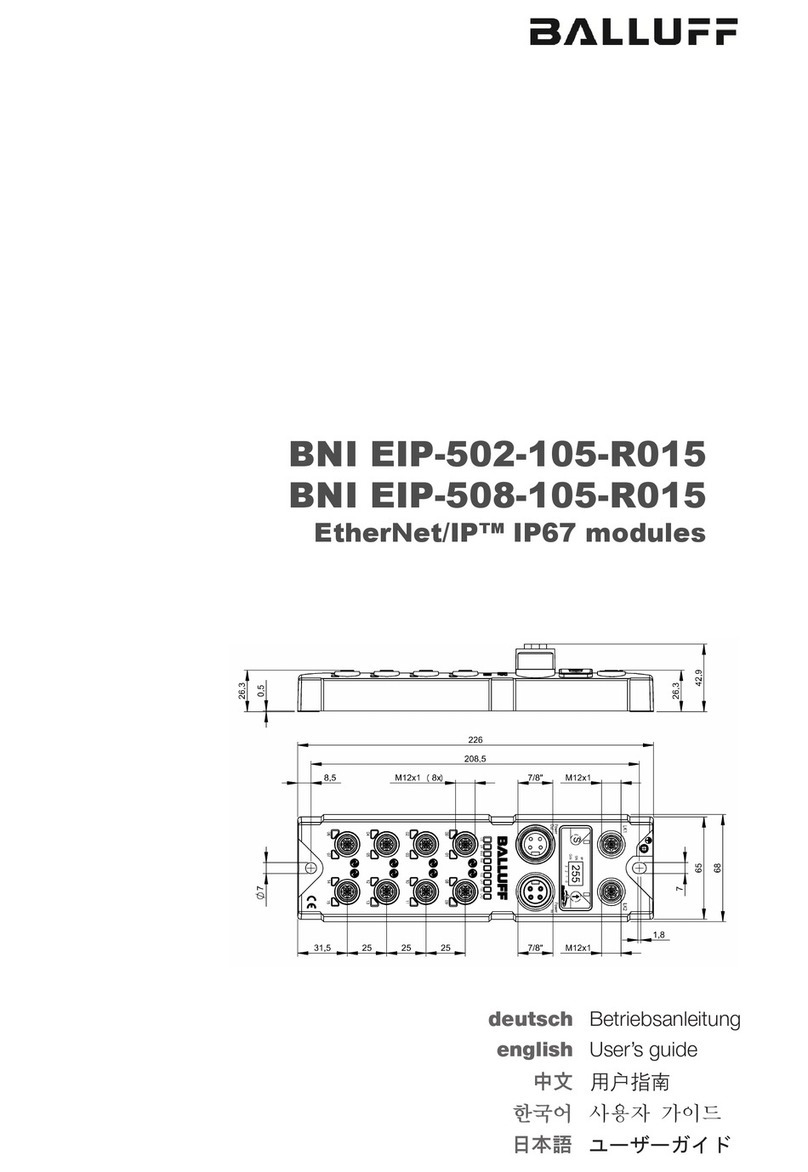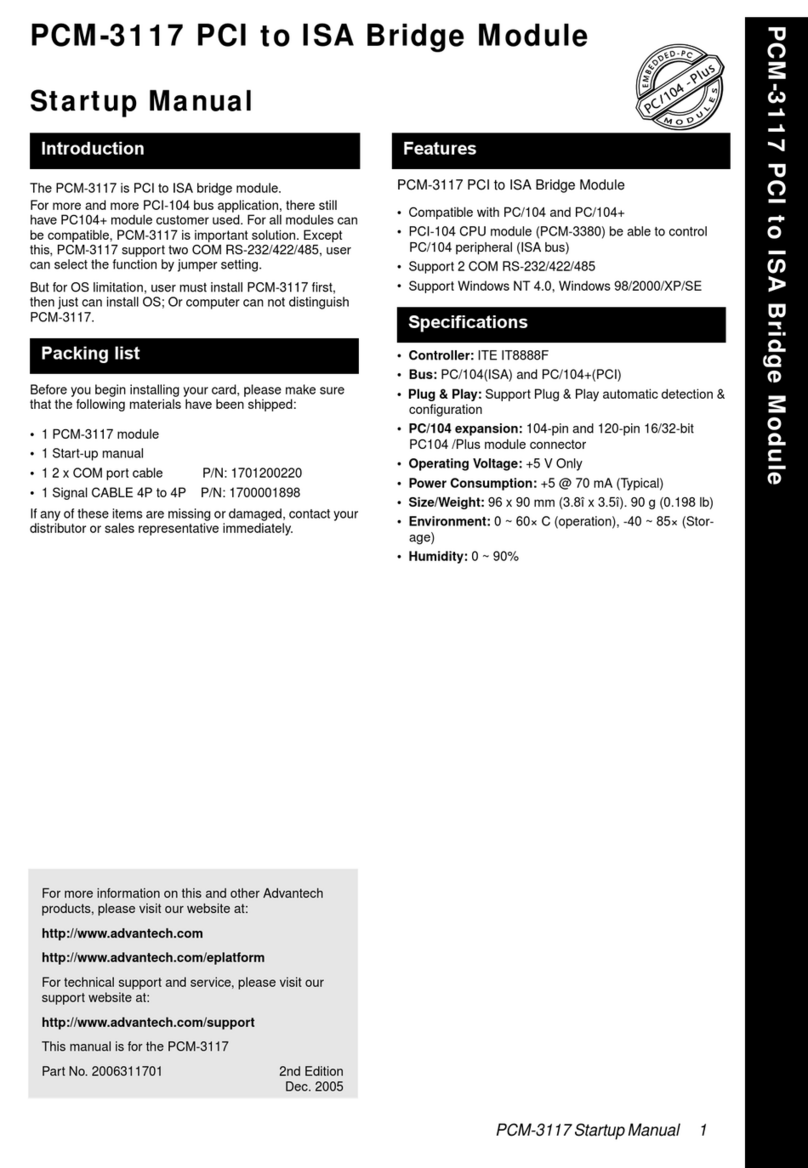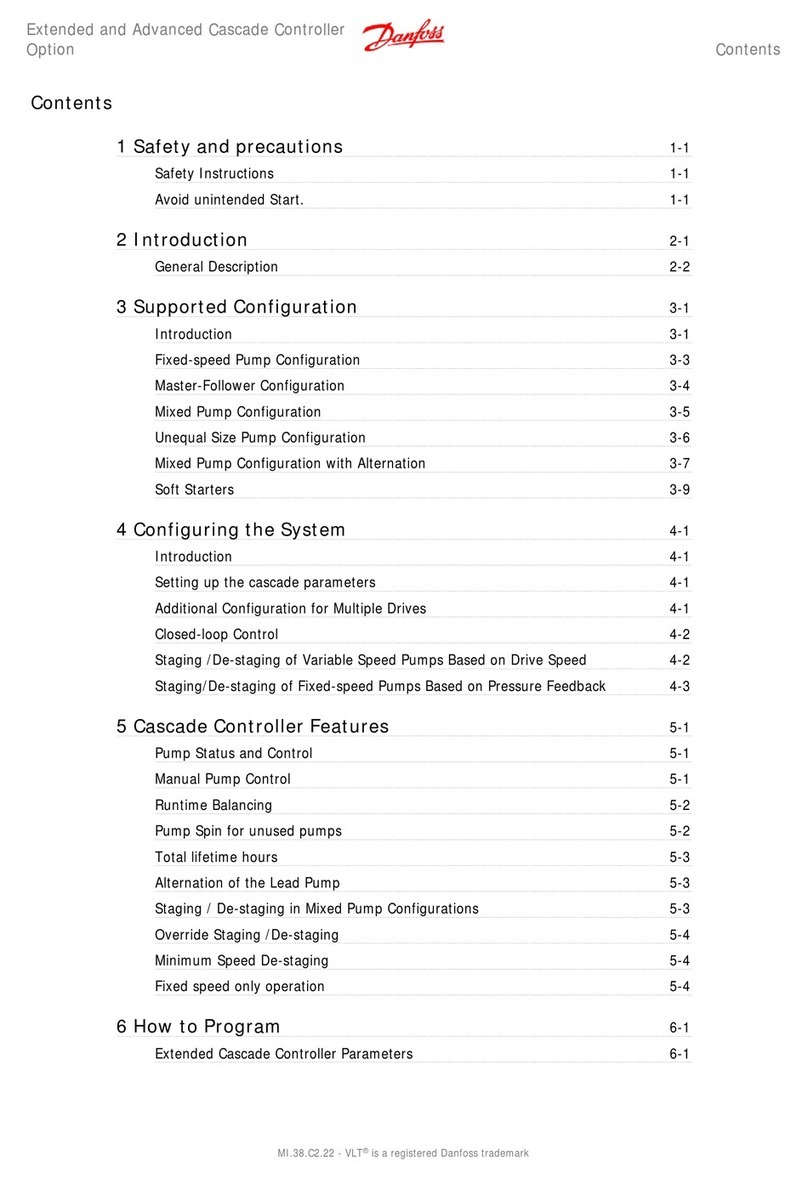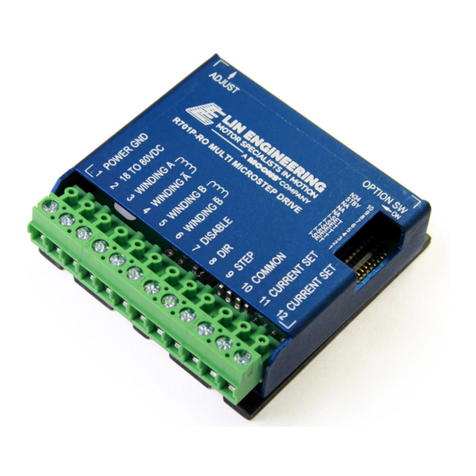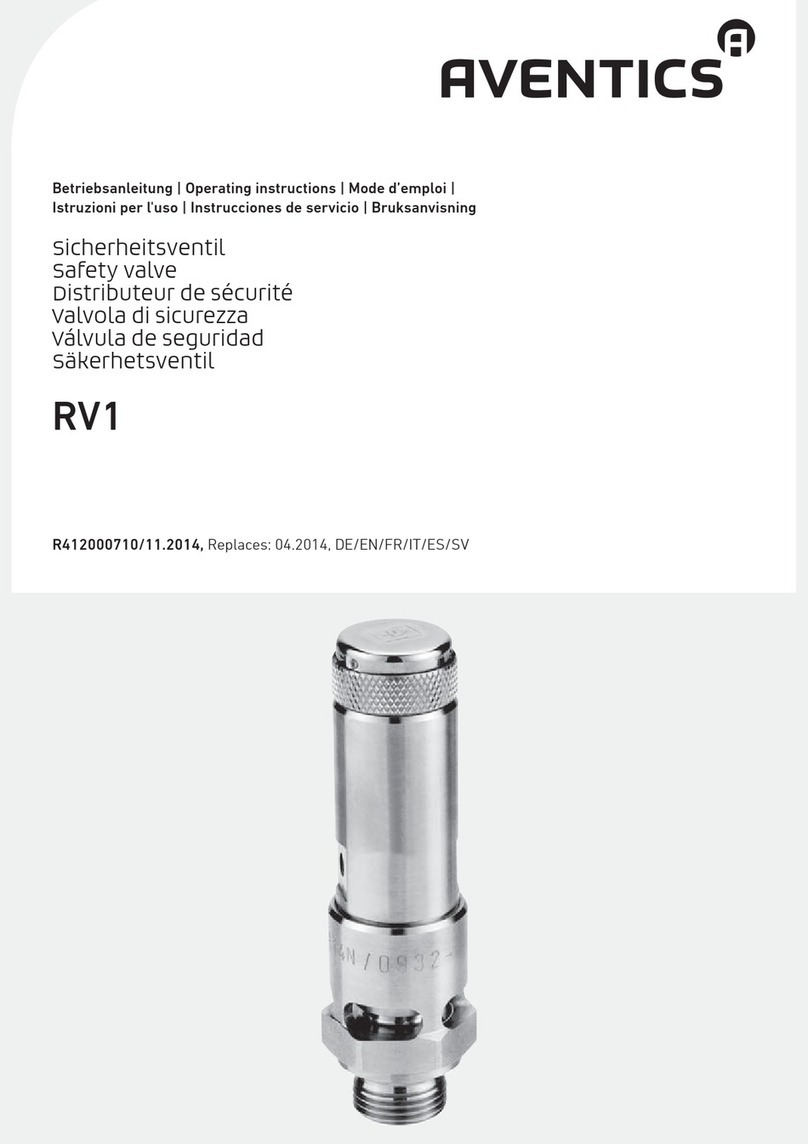
Specification Seanet SCU v5
0581-SOM-00002, Issue: 05 10 © Tritech International Ltd.
Note
The exact rear panel layout of the SCUv5 is subject to change and may not be
identical to the layout shown above.
For detailed pin-out diagrams and wiring options for the DE-9 and DA-15 connectors refer to
Appendix A, Data and Control Ports and Appendix B, SCUv5 Communications Setup.
Note
The motherboard connectors are subject to change in line with Tritech
International Ltd policy of continual product improvement, however, this will not
affect ordinary operation of the SCU. Generally the motherboard will have USB
ports (conforming to at least the USB2.0 standard), 1 or 2 PS/2 keyboard/mouse
ports and RJ45 Ethernet.
Caution
If a DE-9 port is present on the motherboard it may only work with RS232 signals
but is not fitted with over-current protection. To avoid potential damage to the
motherboard it is recommended that this port is not used to connect sensor
equipment. Contact Tritech International Ltd with details of your SCU if more
information or assistance is required.
2.6. Major differences between SCUv4 and SCUv5
Feature SCU (v4) SCU (v5)
RAM 256Mb 512Mb (minimum)
Data Storage Zip Drive, optional HDD SSD Drive, optional HDD
(instead of SSD)
ARCNET Sonar Ports 1 x AIF card interface 2 x SCU5 Main Board Ports
Serial Sonar Ports 3 x RS232 4 x RS232/RS485 or 2 x
RS422
USB Ports 2 front, 2 rear 4 front plus rear ports
ARCNET Ports PCI AIF, Node 255 V5 Main Board, Node 252
Ethernet LAN Port Optional Normally 1, more can be
added.
Port Activity LED Display No Yes
Aux Power Supply 24V 1A, non-switchable 24V 2.4A switchable, 33V
1.8A option, LED on warning
External Storage Floppy Disk Drive, ZIP Drive Compact Flash Card, SD
Card, Memory Stick
System Recovery Device ZIP Disk – stored internal to
SCU. SCU Lid needs to be
removed to access
Internal flash memory –
switched system restore. No
internal access required.
Caution
If a DE-9 port is present on the motherboard it may only work with RS232 signals
but is not fitted with over-current protection. To avoid potential damage to the
